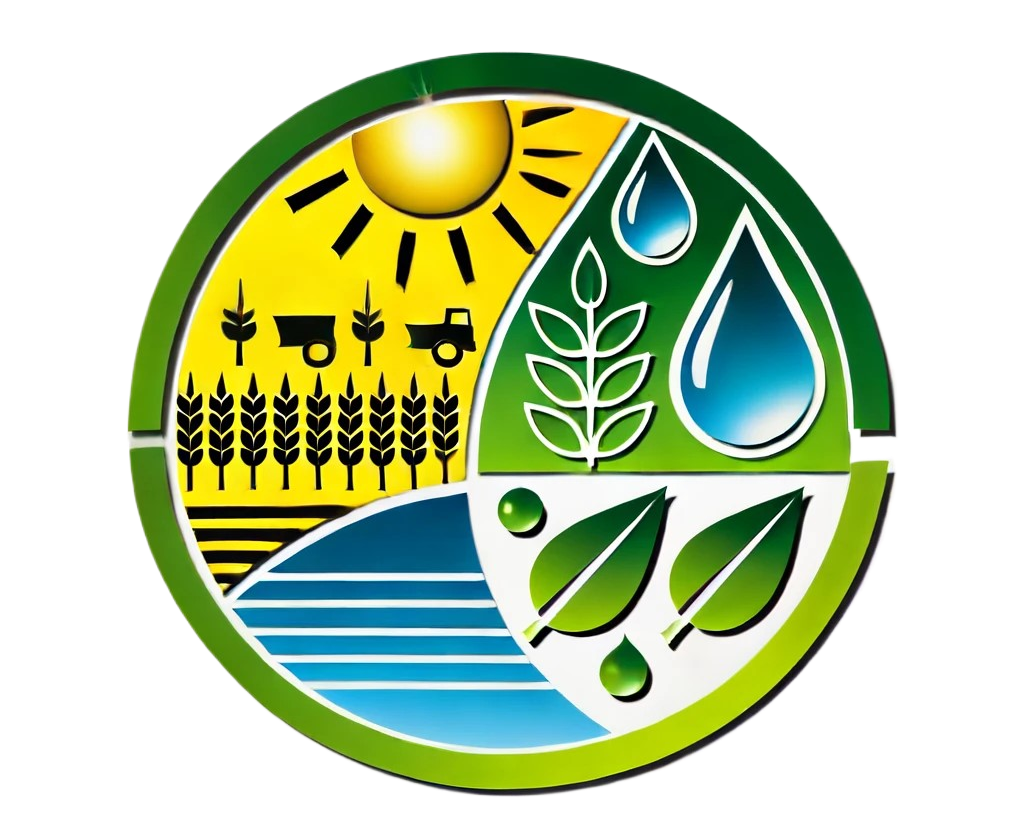The project will be undertaken by two research units: UNITUS and CNR. However, the CNR unit is declined according to the different expertise that is brought by the two Institute of Research involved in the proposal: the Institute of Sustainable Economic Growth (CNR-IRCRES) and the Institute of BioEconomy (CNR-IBE).
The main activities of the research units/groups are the following:
a) CNR-IBE: construction of climatic scenarios regarding irrigation needs and drought.
b) UNITUS: use of a mathematical programming model to simulate future scenarios.
c) CNR-IRCRES: application of Responsiveness Scores (RS) analysis and construction of “response indicators” and “risk maps”.
The project is structured in four Work Packages (WP) as follows:
– WP1 “Climate scenarios and water resources”.
– WP2 “Economic analysis of adaptation strategies”.
– WP3 “Statistical analysis and indicators”.
– WP0 “Project coordination and administration “.
Each WP includes different tasks under the scientific responsibility of the indicated research units:
– WP1 “Climate scenarios and water resources” [CNR-IBE]:
Task 1.1 – Calibration of farmers’ water uses with drought conditions.
Task 1.2 – Identification of hotspots highly at risk of agricultural drought in Italy.
Task 1.3 – Future scenarios of drought hotspots.
– WP2 “Economic analysis of adaptation strategies” [UNITUS]:
Task 2.2 – Update model and implementation of scenarios on market prices and CAP 2023-2027.
Task 2.2 – Implementation of data on irrigation needs and drought-prone areas.
Task 2.3 – Analysis of results inclusive of adaptation strategies.
– WP3 “Statistical analysis and indicators” [CNR-IRCRES]:
Task 3.1 – Statistical analysis of the AGRITALIM model results.
Task 3.2 – Mapping of responsiveness indicators.
Task 3.3 – Statistical relationship and risk maps.
Finally, WP0 aims at establishing and maintaining an effective and coordinated work structure, monitoring that the several tasks are carried out according to the settled schedule and budget, and ensuring that the project objectives are efficiently achieved in compliance with the “Do Not Significant Harm” (DNSH) principle.

